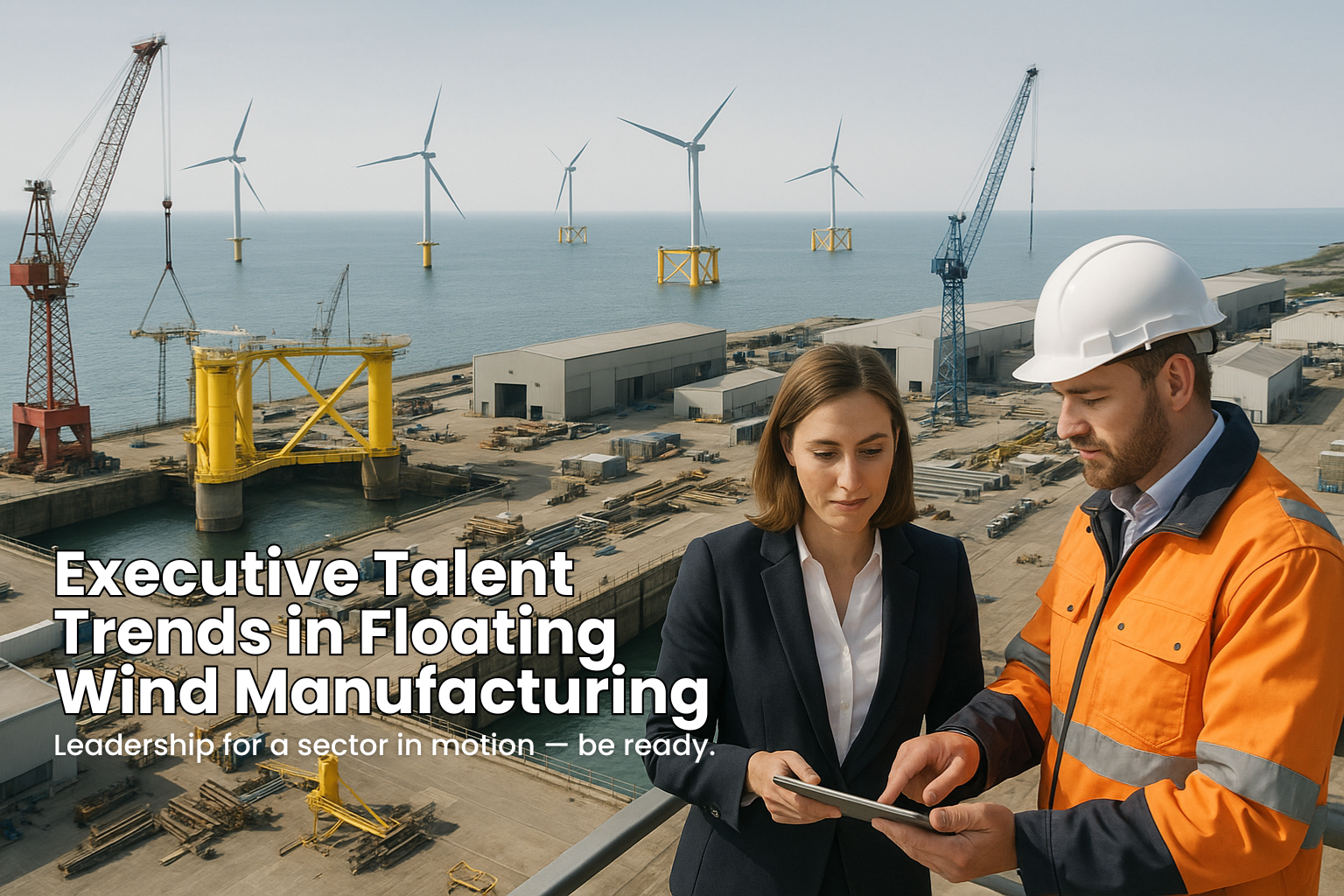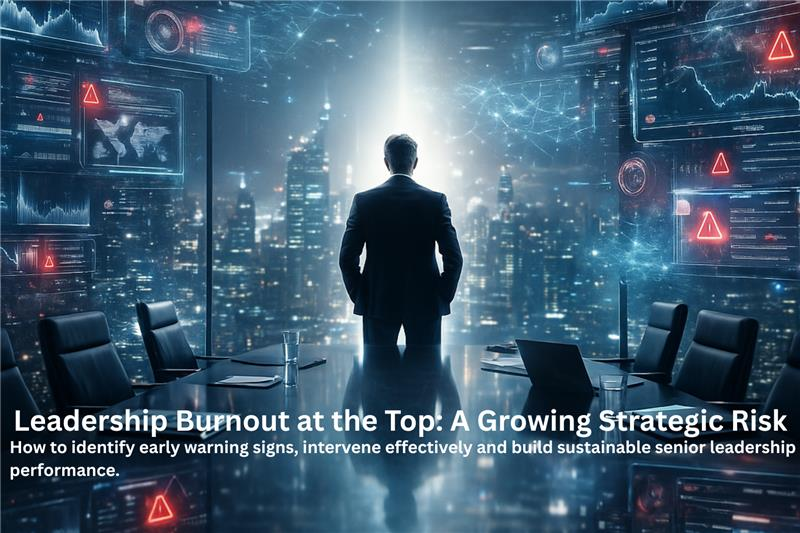🌊 Executive Talent Trends in UK Floating Wind Platform Manufacturing
🌊 Executive Talent Trends in UK Floating Wind Platform Manufacturing

Strategic Insights for Market Positioning and Recruitment Opportunities
As the UK accelerates its transition to floating offshore wind, a new manufacturing ecosystem is emerging, one that demands specialised executive talent. With over £15–20 billion projected to flow into the sector over the next decade, and a government target of 5GW by 2030, this shift is not only transforming energy generation, it’s reshaping the executive recruitment landscape.
At Wyman Bain, we’ve analysed the evolving executive talent trends within floating wind platform manufacturing. The result is a clear opportunity for forward-thinking executive search firms to support a sector in need of leadership talent from adjacent industries.
Market Scale and Investment Trends
Floating wind is no longer a future concept, it’s a fast-approaching industrial reality. Crown Estate Scotland leasing rounds and major projects in the Celtic Sea and Scottish waters signal large-scale investment. Unlike traditional fixed-bottom offshore wind, floating wind technology requires a broader mix of disciplines: naval architecture, deep-water mooring, dynamic cable systems, and shipyard-level manufacturing.
We’ve identified three investment-driven executive demand phases:
- 2024–2026: Design and planning (CTOs, Technical Directors)
- 2026–2028: Operational scale-up (Manufacturing Directors, Supply Chain Heads)
- 2028–2030: Optimisation and international expansion (COOs, Transformation Leaders)
Where Executive Demand Will Be Concentrated
The demand for executive talent is tied to infrastructure readiness and geographic proximity to future deployment zones:
- Scotland (Highlands & Islands)
Ports such as Nigg, Kishorn and Hunterston are positioning themselves for large-scale fabrication. We anticipate high demand for Manufacturing and Operations Directors, as well as marine engineering leads. - North East England (Teesside, Tyneside)
With deep roots in heavy manufacturing, this region is likely to drive demand for Supply Chain and Commercial Directors to bridge traditional and renewable industries. - South West England (Plymouth, Falmouth)
Aligned with upcoming Celtic Sea projects, this region will see more project development and Business Development executive roles. - Wales (Pembrokeshire)
Given its marine energy heritage, Wales could evolve as an innovation hub, ideal for CTO and R&D leadership roles.
Skills Gap and Executive Compensation Trends
The skills required in floating wind diverge from traditional offshore wind, creating critical gaps in:
- Technical leadership: Naval architects with commercial manufacturing experience remain scarce.
- Supply chain complexity: Executive leaders with experience in shipbuilding, logistics, and marine component sourcing are in high demand.
- Regulatory strategy: With marine licensing still evolving, legal and regulatory expertise is in limited supply.
Salaries are reflecting this shortage, with many roles commanding a 15–25% premium:
- Chief Naval Architects: £140k–£200k + equity
- Manufacturing Directors: £120k–£180k
- Operations Directors: £100k–£150k
Strategic Recommendations for Wyman Bain
This sector aligns strongly with Wyman Bain’s research-led, cross-sector expertise in manufacturing and engineering. To capitalise, we recommend the following strategic approach:
1. Immediate Actions (0–6 Months)
Build market intelligence on key floating wind developers such as Simply Blue Energy, Flotation Energy, and Hexicon. These companies will soon be scaling their executive teams as they enter fabrication partnerships.
2. Medium-Term Positioning (6–18 Months)
Prioritise hard-to-source manufacturing and operations roles. Many ideal candidates will come from oil & gas, shipbuilding, or large-scale industrial sectors—areas where Wyman Bain already operates effectively.
3. Geographic Focus
Scotland presents the strongest initial opportunity, with a high density of upcoming projects and fewer incumbent executive search firms focused on floating wind.
Executive Recruitment Timeline and Opportunity
We project three distinct waves of recruitment:
- Wave 1 (2025–2026): Initial senior hires (CEOs, CTOs, Manufacturing Directors) as projects move from development to planning.
- Wave 2 (2026–2028): Operational leadership recruitment during fabrication ramp-up, accounting for the majority of executive roles.
- Wave 3 (2028–2030): Efficiency-focused leadership as the sector matures, targeting roles in optimisation, expansion, and transformation.
This timeline highlights a clear window: relationship-building and intelligence-gathering should begin now, ahead of peak hiring activity.
A Long-Term Strategic Opportunity
For Wyman Bain, the floating wind manufacturing sector offers a significant opportunity to lead in a niche but high-growth area. With an estimated 100+ executive roles emerging in the next five years, and average placement fees of £20k–£40k, early positioning could yield £2–4 million in revenue.
Our cross-sector recruitment expertise, particularly in manufacturing and energy, positions us uniquely to support clients navigating this new frontier.



